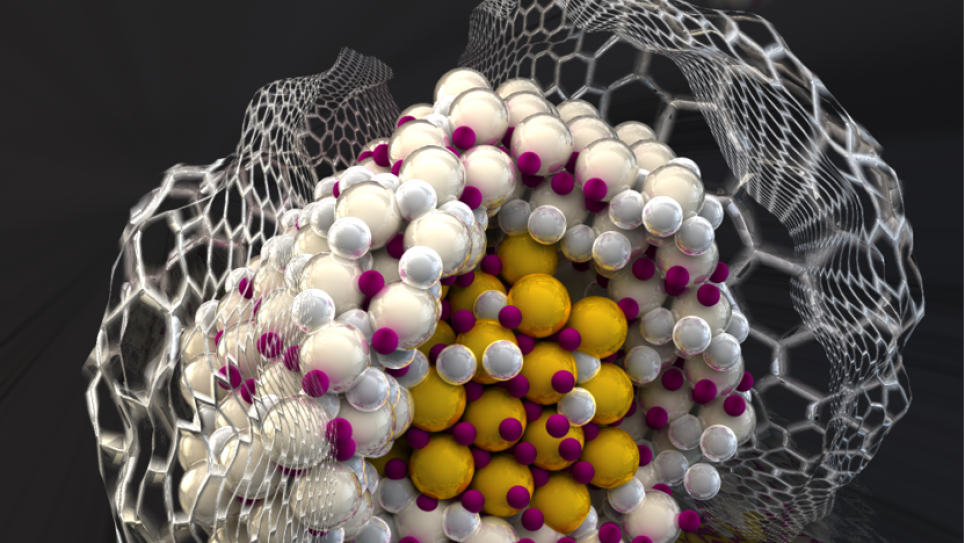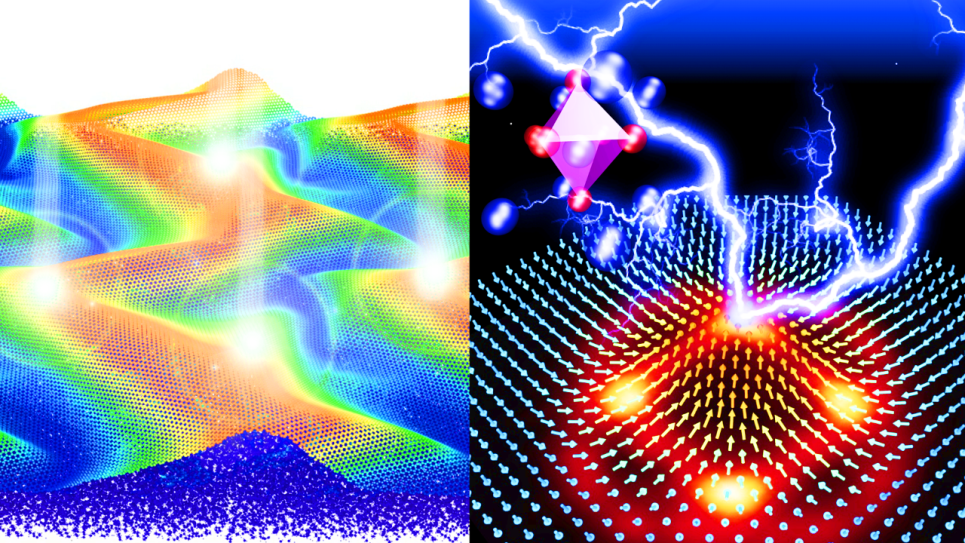
Predicting Ion Transport Kinetics at Complex Interfaces for Energy Storage
Focusing on ceramic solid-state battery electrolytes and metal hydride hydrogen storage materials, this project integrates three sets of simulation capabilities to predict ion transport kinetics at interfaces.
The most promising high-capacity, solid-state energy storage systems—including next-generation batteries and hydrogen storage materials—rely on fast transport kinetics of ions. Computer simulations play an increasingly visible role in probing ion transport, generally employing idealized models to minimize computational cost and complexity. However, real components contain interfaces between different phases or grains, which can impact ion transport in unexpected and often problematic ways.The chemical and structural disorder at these interfaces is an exceptionally challenging problem to tackle using conventional approaches, instead requiring extensive multiscale simulations capable of spanning broad ranges of time and length scales.
Focusing on solid-state battery electrolytes and metal hydride hydrogen storage materials, this project integrates three sets of multiscale simulation capabilities to predict ion transport kinetics at interfaces. Large-scale quantum simulations are validated using computationally generated spectroscopic data to generate interface models.These models are then used to train dynamics simulations that can span a much larger range of configurations. Finally, the atomic-scale data are interfaced with a microstructure model that can incorporate complex interface arrangements present in real materials.
The multiscale simulations will be used to probe the relationship between physicochemical interface properties and ion transport kinetics, guiding rational engineering strategies for improving performance of advanced materials forgrid and vehicular energy storage.
